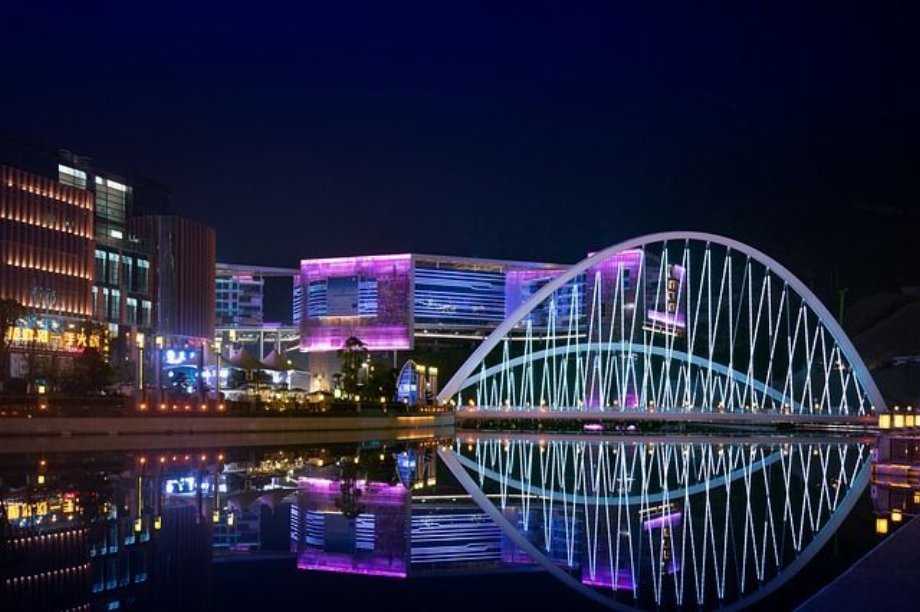Future Awaits


Sometimes when I use my surname in Poland when ordering a taxi or meeting someone new, they mistake Lindholm for Lincoln, due to the fact, I suppose, that he may be a little better known, being a historic figure and all. But I don’t mind, because it gives me the opportunity to cite one of Abraham Lincoln’s most famous and inspiring quotes: “In order to predict the future, you need to create it.”
Lately, I have been asking myself the question, “Is it getting easier or tougher to create the future?” We live in times that can be described most aptly as a time of disruption. When I moved to Poland 20 years ago I brought with me my CD collection of 500 discs, because I couldn’t imagine living without them. Now, what used to fill five boxes easily fits into my phone, with room to spare. A couple of years before that, while living in London, I used to subscribe to a weekly Danish paper summarizing key news in the country. When I tell my kids that story, they look at me as if I were an alien. “Why didn’t you just log on to the internet and check the news as it was happening?” Technology has made so many things in our lives so much simpler and accessible, but does it, in fact, make it easier to create the future?
At this year’s MIPIM real estate fair, where thousands of experts discussed housing, retail, and office and pondered on the future of the way we live, work and shop, the most commonly uttered buzzwords were “sustainability,” “green,” and “convenience.” Attending the panel on the Biodiversity movement, it was great to hear about the initiatives being taken to bring nature back into the real estate projects of the future. Though some would pointedly ask whether it is realistic that the trend will continue regardless of where the economy is. Once the period of currently “normal” economic growth of 2-5 percent a year comes to an end, will companies and clients still be willing to pay a premium for sustainability?
As important as it is to create the future, securing it is even more so. Despite growing divisions in the world on that and other subjects, we are becoming more connected than ever. We buy, eat and experience the same things wherever we live. That is particularly true for the youngest generations, who are truly global, equally immersed in both the real and the digital world. Learning how they think, what motivates them at work and in their leisure time is the key to winning their hearts.
In this issue my team also focused on the ongoing e-commerce boom in the country, examining whether domestic retailers are ready to compete with the looming threat from global giants. They discuss the new and exciting opportunities for the e-commerce industry abroad as well as the pressures on logistics and the technological novelties companies are introducing to keep up with ever-increasing customer expectations.
Enjoy the read.
Morten Lindholm